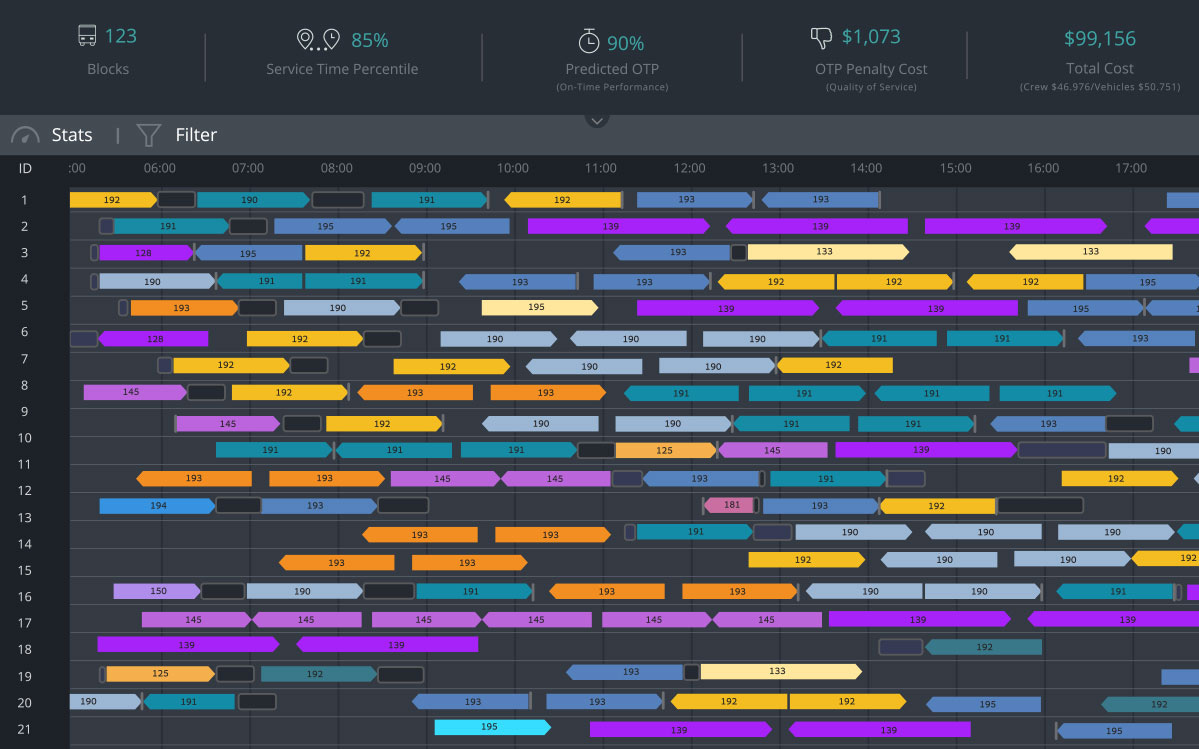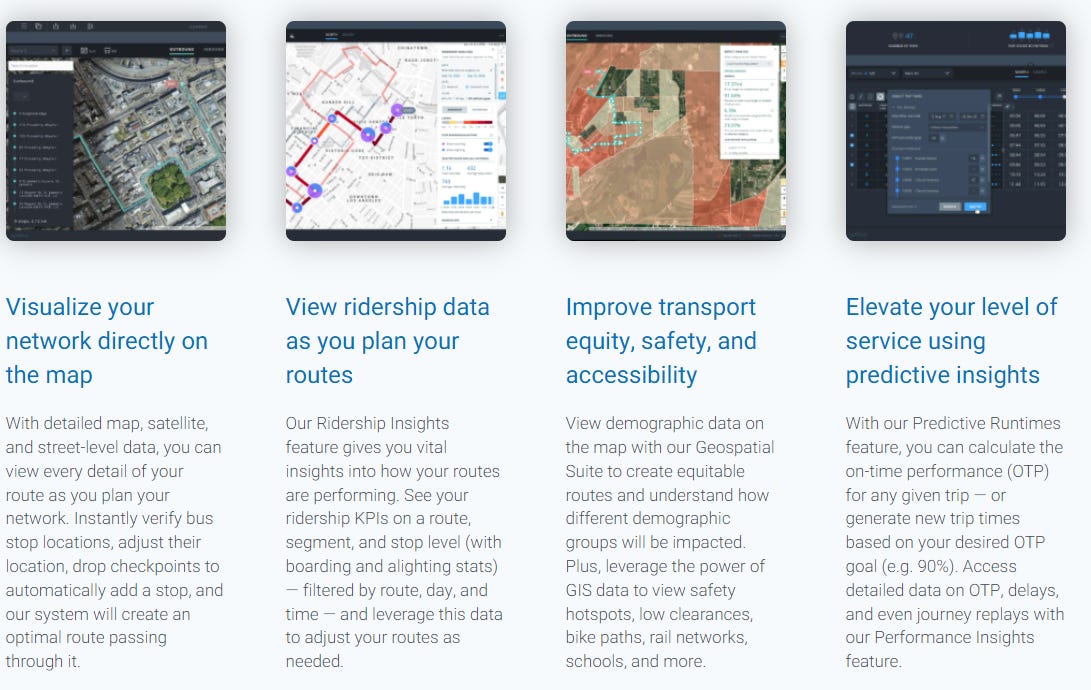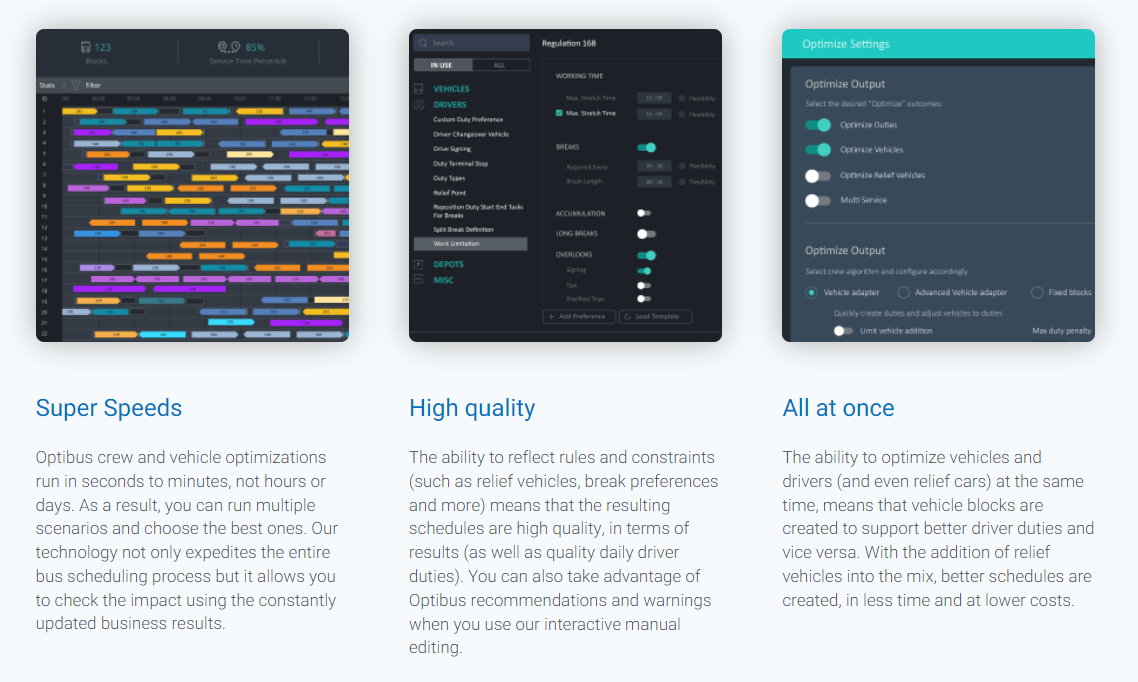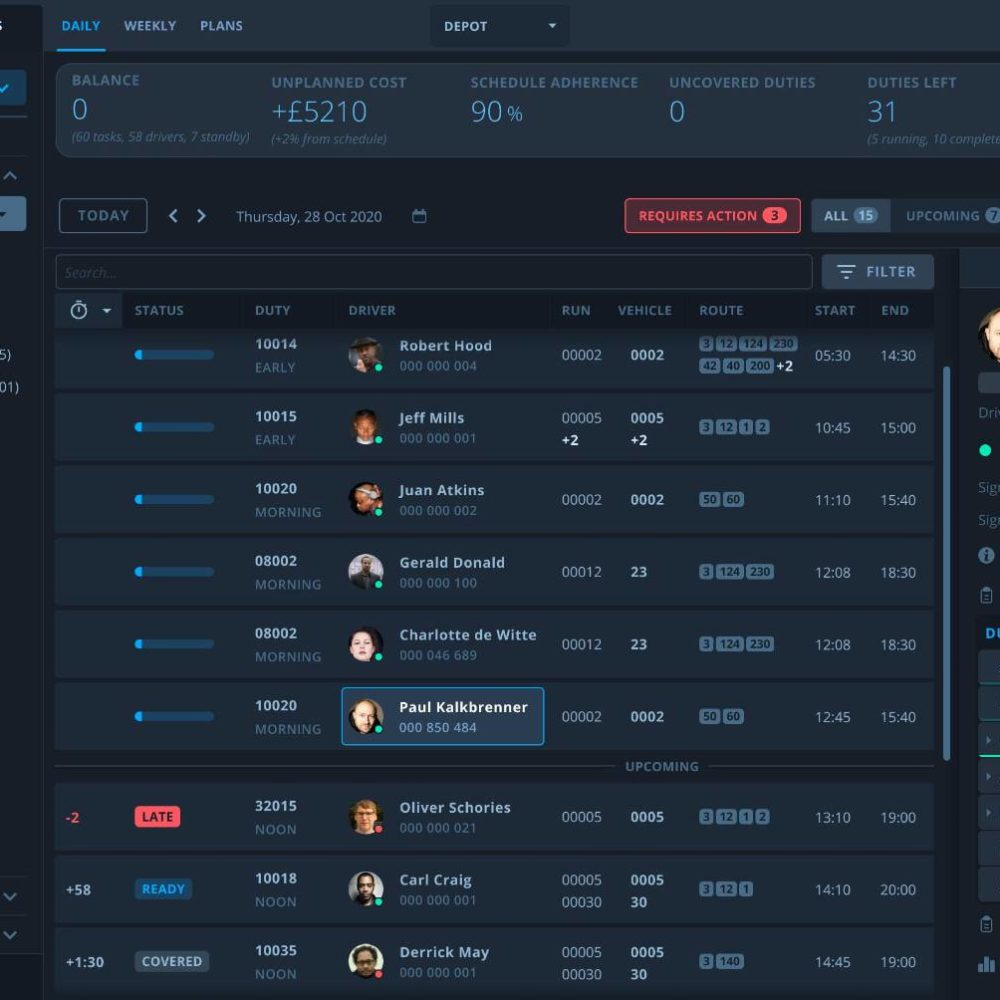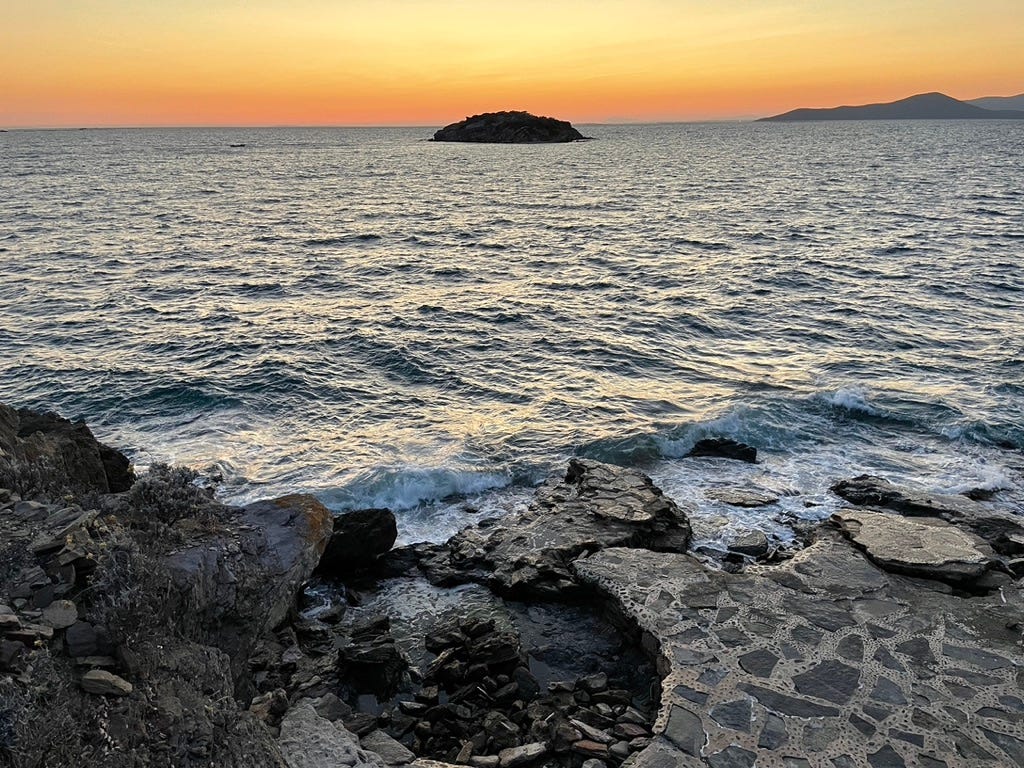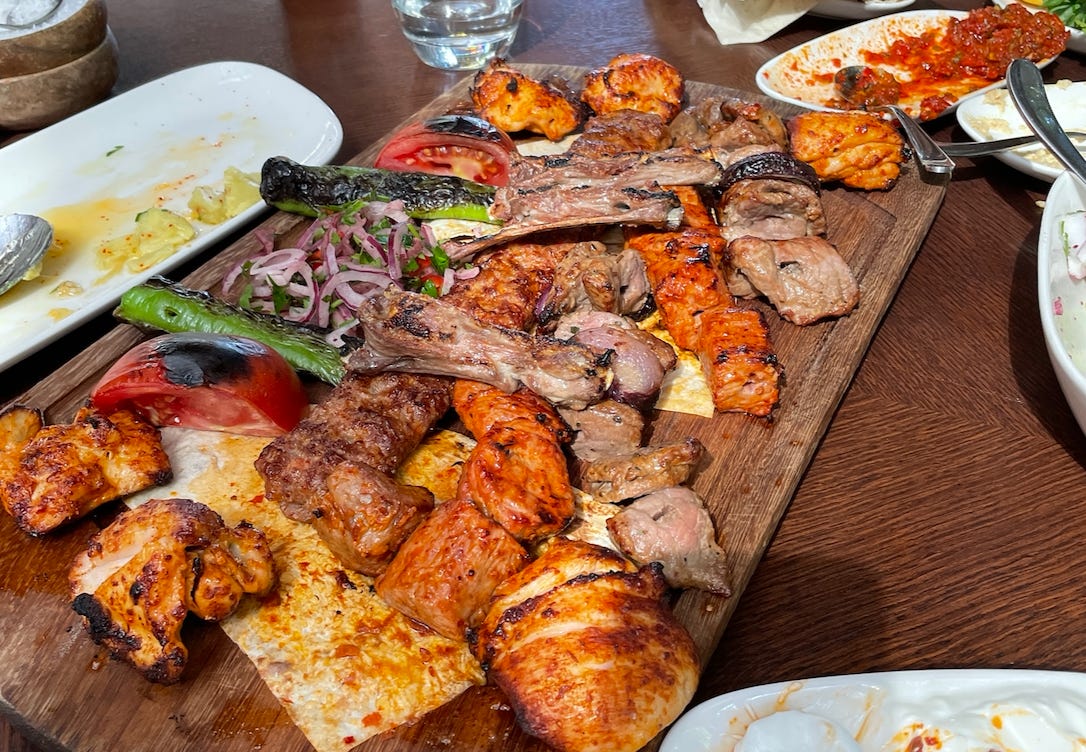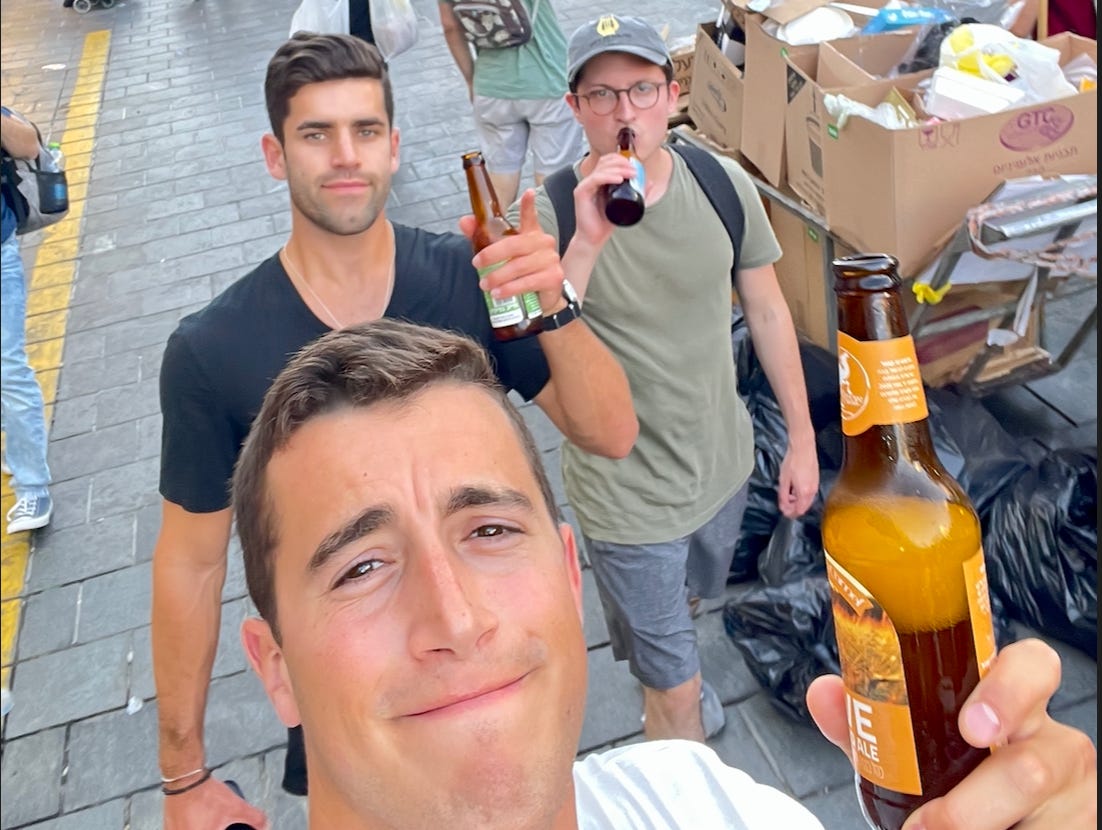One of the books I spent time reading during my solo traveling Europe was Super Pumped: The Battle for Uber, a story of the rise and controversy surrounding Uber as recommended by one of my friends James. It’s entertaining, interesting, and hilarious at times and talks about how Travis Kalanick passionately worked using both positive and negative means to completely morph the transport space…. Which connects well to this week’s startup and where I am currently located → Telaviv, Israel.
Besides this thing called COVID that has turned our world upside-down in the last 2.5 years, commuting to work is a pretty significant portion of our lives.
The infrastructure that underlies systems of mass transit around the world is outdated and causes inefficiency constantly. Existing modes of transport are being renovated and rehauled, and entirely new forms are being introduced for the first time (bike shares, scooters, mopeds). With people returning to work and public entities needing to optimize their public transit infrastructure, Optibus is one startup poised to help out.
Optibus has raised $100 million at a $1.3Bn valuation. A phenomenal set of investors including Insight Partners, Bessemer Venture Partners, Verizon Ventures, Pitango First & Pitango Growth, Tencent and SOMV Momentum all participated in the raise. Optibus helps public transportation entities plan and operate their mass transit systems using AI.
If the pandemic taught us anything it’s that we need to be flexible and agile. Public transport is no different and public entities need to have the infrastructure in place to match supply with demand at a moment’s notice
Optibus has customers in more than 1,000 cities, and the platform has been used to track ~2.5 billion trips on buses, on-street trams, light rails and subways around the globe

Optibus provides AI-based planning tools — that help transportation organizations ascertain how best to manage mass transit resources against rush hours, slow periods, social distancing rules, and more
As with many areas of our world being innovated / streamlined by software, there are disjointed point solutions for various parts of the transit funnel, but none that connect them all together. Optibus is the bigwig that manages to do it all, in the face of declining public transport budgets, driver shortages, ridership declines, and more.
Optibus helps with the entire public transportation funnel, no matter whether you are an operator, an agency, a consultant, a rider, or any entity in between. Fundamentally, the platform does 4 things:
Plan – route planning, timetabling, ridership predictions, etc.
Schedule – scheduling / optimization of working employees and functioning vehicles
Roster – Roster employees’ hours based on any set of constraints
Operate – Manage, analyze, and validate operations in real time
Operators can bid and win tenders, visualize the transport network, adjust routes and timetables, make performance requirements, analyze operating metrics, and more.
Riders can get real-time info on schedules, service disruptions, detours, wait times, and more
Optibus takes a SaaS model to transport management / operation.
Just like Uber / ridesharing companies totally shook up and transformed how people acquire forms of personal transportation, the system which underlies the organization and operation of public transit is in desperate need of change. We are even seeing this in the post-COVID world where demand for travel of all forms is surging and the systems we have in place just don’t cut it. There are employee shortages, airlines canceling flights and loss of bags (which I’ve experienced personally!) and more.
The advantage of the platform is pretty clear – it’s a fully encompassing network for all players involved in public transport. Not only does it break down the silos of disparate and clanky systems, but it reduces the time of work processes, validates results & reduces errors, clearly shows performance, analyzes the vast set of data, and more. Think it is likely that many organizations globally begin to implement Optibus, but my question is - does Optibus perform well for organizations and transportation networks of all sizes or just major transport hubs? This will inherently affect its total addressable set of customers and long-term trajectory in terms of growth and TAM.
Turkey was a ton of fun.
After completing my 3 solo destinations, I met up with my college buddies and we jumped between Istanbul and Bodrum sightseeing and learning the history, trying food and exploring culture, and hanging together. We all work different jobs and are in such different places 2 years post-college so it was great to have extended conversations about where we see ourselves headed and laugh about the memories we’ve shared.
I’m writing this from the airport in Telaviv (but posting from NY), the final leg of my journey before heading back home to NYC. It is a stunning seaside city with some really exceptional food and a ton of bars, clubs, and restaurants in a super dense area.
I got to go to Jerusalem on Thursday and saw the Western Wall, Yad Vashem, and did a food tour. Seeing and touching the wall was a really powerful/spiritual/connecting experience. This area is a recognized center for 3 major religions and I genuinely felt connected to Jews and my ancestors throughout time.
Yad Vashem, the holocaust museum, was a genuine depthy emotional experience. Words won’t do it justice but it is an important and beautiful reminder of the hardships Jews and people of all races have faced throughout history.
Excited to be back in the States and catch up with friends and start my new job today (Monday) at a growth equity firm!
GW



